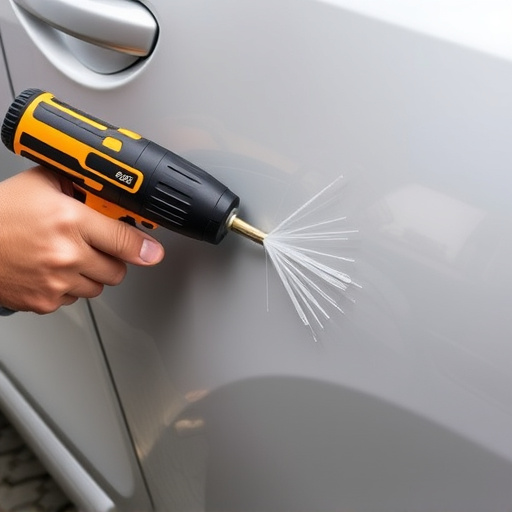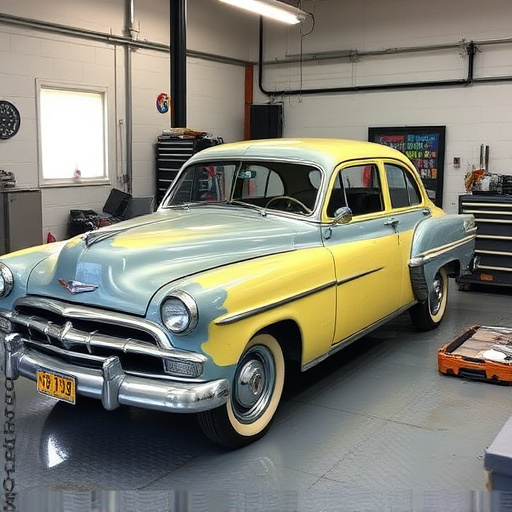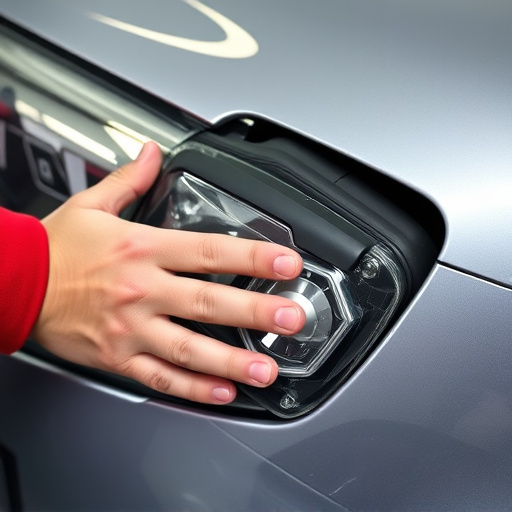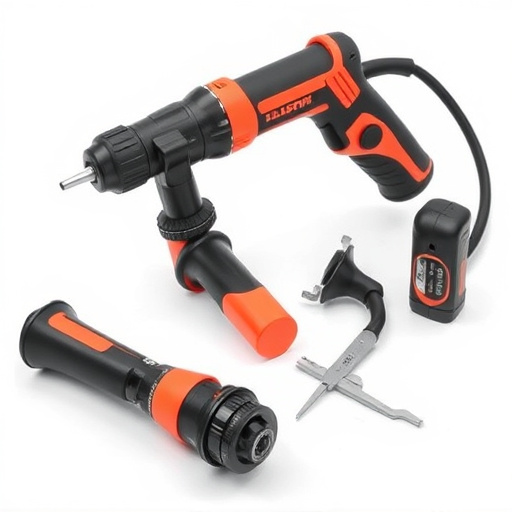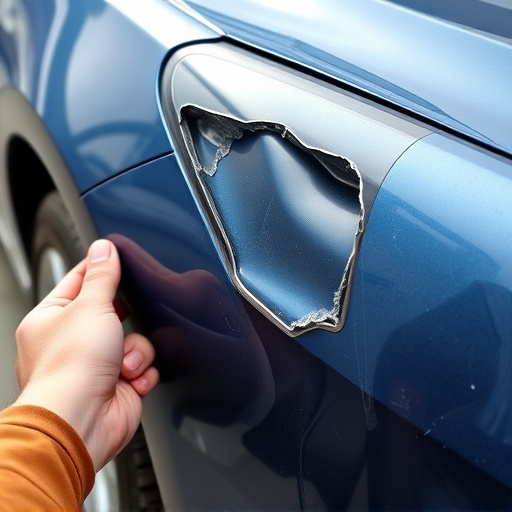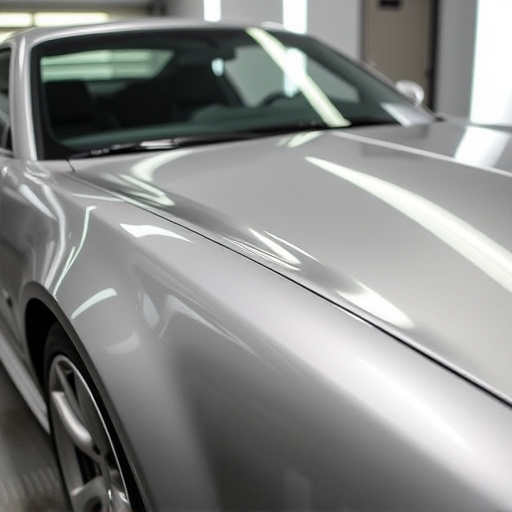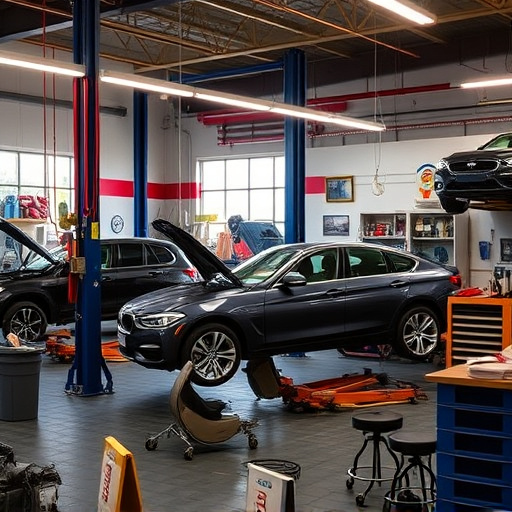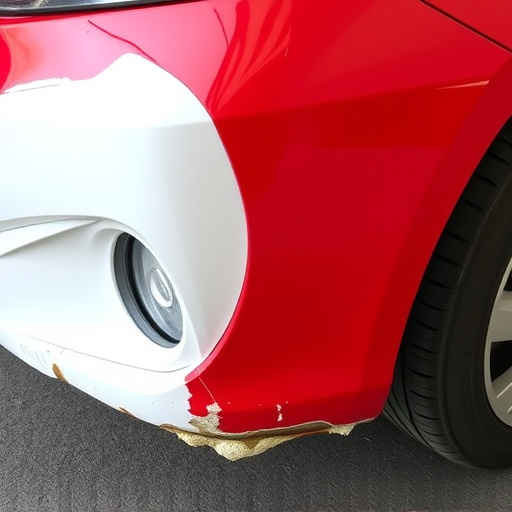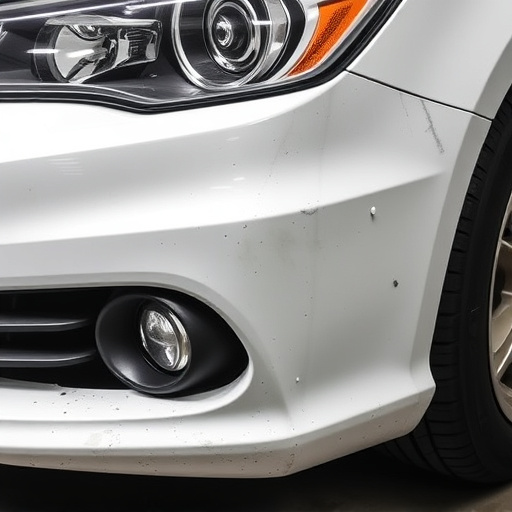Selecting dent repair tools is vital for both professionals and DIYers. Tools range from handheld picks for minor dents to pneumatic hammers for deeper issues. For simple repairs, Paintless Dent Repair (PDR) kits are popular. Evaluation of dent size, type, and vehicle condition guides tool choice, with professional advice recommended for severe cases. The ideal set includes manual and pneumatic options for precise, efficient repairs enhancing vehicle aesthetics.
Selecting the ideal dent repair tools is pivotal for achieving flawless results on your car. This comprehensive guide walks you through the process, from understanding various dent repair tools to evaluating your vehicle’s unique needs. We’ll help you make an informed decision by highlighting key factors to consider, ensuring you choose the right tools for optimal and efficient car dent repairs.
- Understanding Different Dent Repair Tools
- Evaluating Your Car's Damage and Needs
- Choosing the Right Tools for Optimal Results
Understanding Different Dent Repair Tools
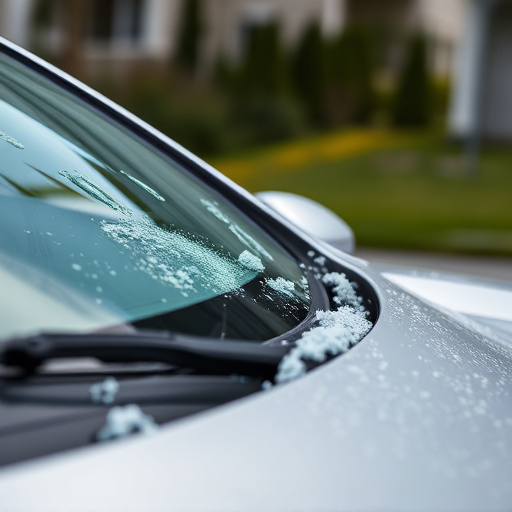
Selecting the appropriate dent repair tools is a critical step for anyone looking to fix dents on their vehicle themselves or for a collision repair center offering such services. These tools come in various forms, each designed for specific tasks. For instance, there are handheld picks and scrapers ideal for light dent removal, while pneumatic hammer tools are more suitable for deeper or larger dents. Additionally, some dent repair kits include special applicators and injectors used in the process of PDR (Paintless Dent Repair), which is a popular method for minor vehicle repairs, including auto glass repair, as it preserves the factory finish.
Understanding the types and capabilities of these tools is essential. Collision repair centers often have a wide range of options, from manual to advanced electric-powered equipment. For DIY enthusiasts, choosing the right set involves considering factors like the extent of dent damage, accessibility (especially interior vs exterior dents), and personal comfort during use. Knowing what each tool does best allows for informed decisions, ensuring the job is done efficiently and effectively, whether it’s a simple scratch removal or complex body panel restoration.
Evaluating Your Car's Damage and Needs

Before venturing out to purchase dent repair tools, it’s essential to thoroughly evaluate the damage on your vehicle. Start by inspecting the extent and type of dents – are they shallow or deep? Are there any cracks or chips in the car paint repair? Understanding these details will help you choose the right tools for the job. For instance, small, shallow dents might be suitable for DIY repairs with a dent puller, while deeper damage may require a more robust set of tools like a hammer and dolly.
Additionally, consider other factors such as the age and condition of your car. Older vehicles may need different approaches due to potential differences in their construction and paint finishes. If you’re dealing with severe damage or unsure about repairs, it might be best to consult a professional at a collision repair center. They can assess the situation accurately and recommend the most effective dent repair tools for both short-term fixes and long-lasting solutions.
Choosing the Right Tools for Optimal Results
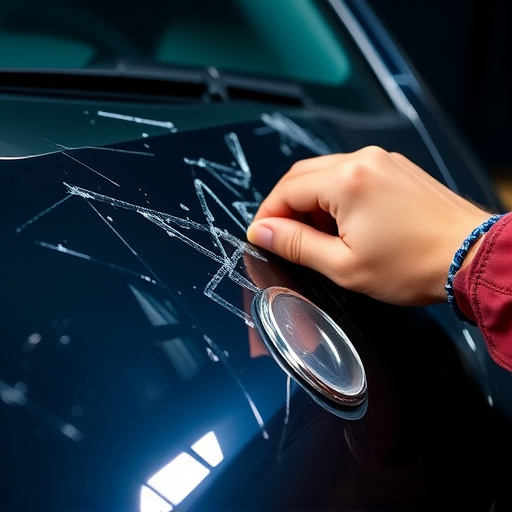
When it comes to dent repair, having the right tools is paramount for achieving optimal results. It’s akin to an auto body shop equipping itself with state-of-the-art machinery; the better the tools, the smoother the process and the more satisfactory the final restoration.
Selecting the appropriate dent repair tools involves understanding your needs, whether it’s for minor dings or significant vehicle collision repair. Look for a combination of manual and pneumatic options, including picks, paddles, and guns, to tackle various dent sizes and shapes. Remember, the right tool for the job ensures precise, efficient repairs that enhance the overall aesthetics of your vehicle restoration efforts.
When selecting dent repair tools, understanding your car’s specific needs and evaluating the type of damage is key. By choosing the right tools, you can achieve optimal results, ensuring a seamless and effective dent repair process. Remember to consider factors like tool versatility, ease of use, and material compatibility to make an informed decision that suits both your skills and vehicle.
